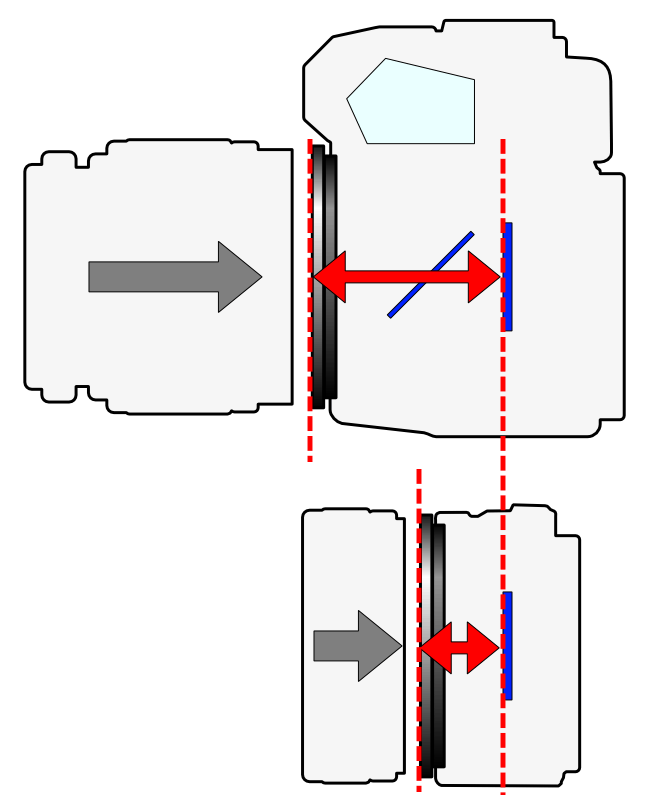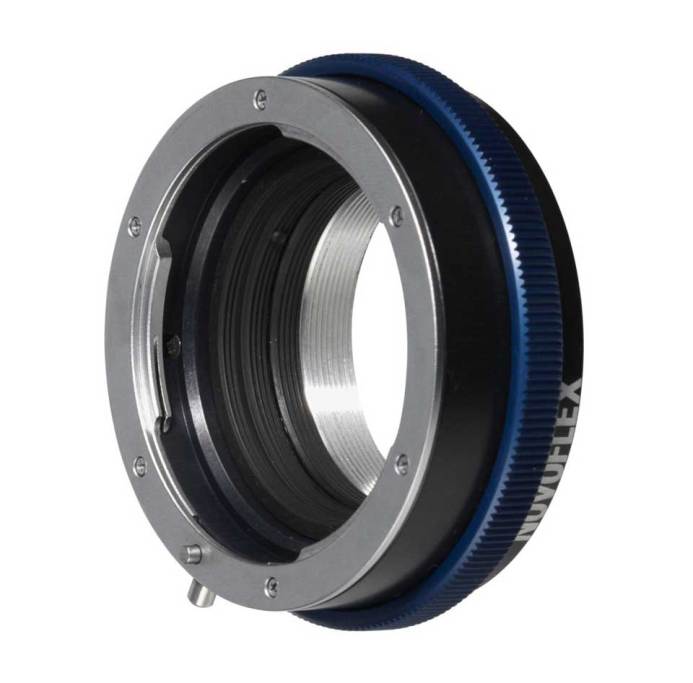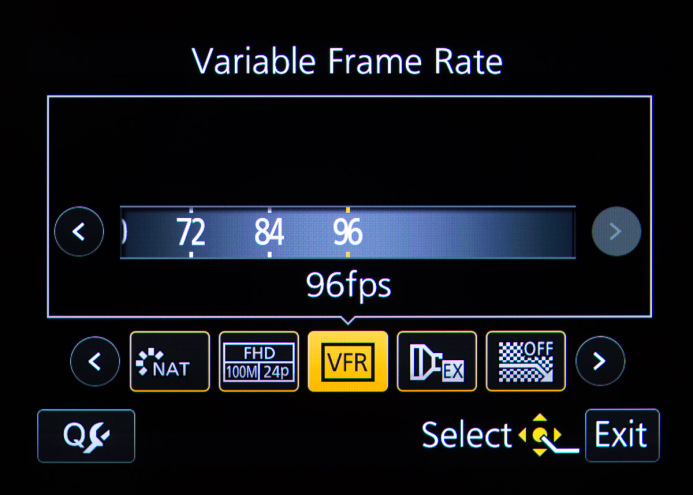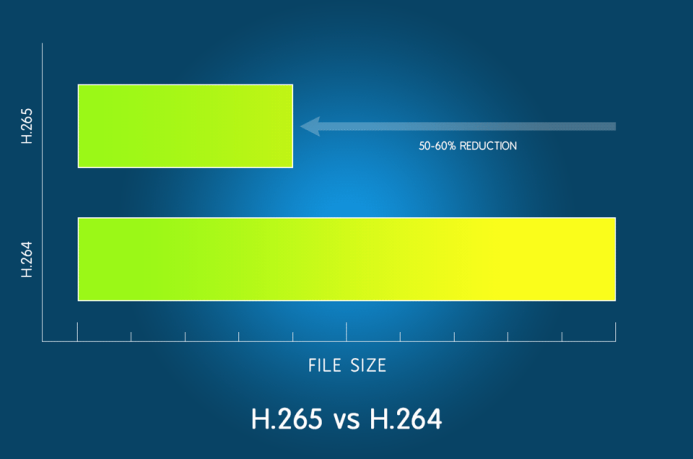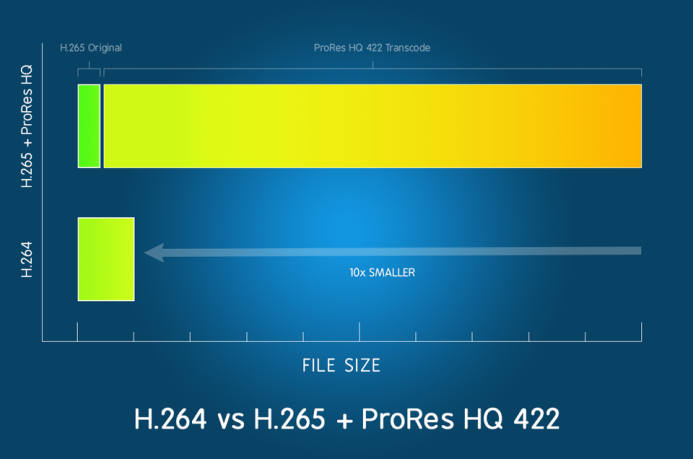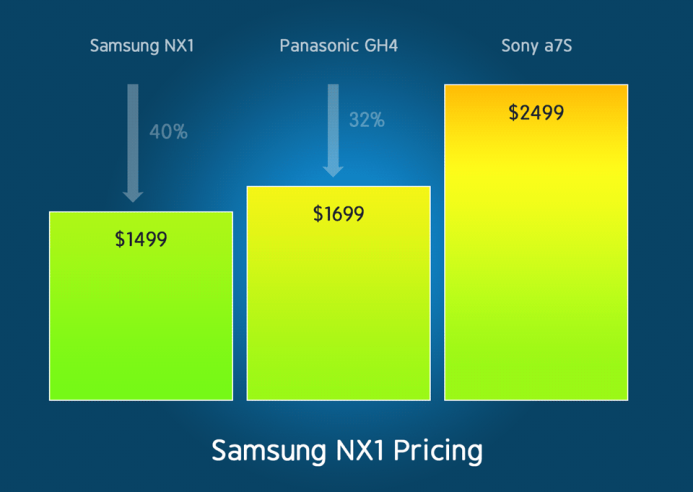The Samsung NX1 is the Camera from the Future You’ve Always Wanted
On paper, the Samsung NX1 is the camera of your dreams, but despite its exciting features, is it ready for use in real-world production?
In a word: No.
Nonetheless, there are several reasons to be excited about Samsung’s new flagship camera from the future. Here’s a crash course on why you should be excited about the NX1, and why it also probably isn’t the right camera for you.
The NX1 is Tuned for Video
Video shooters will be happy to hear that the NX1 provides a fair amount of video functionality, including recording to several formats like 4K (UHD and C4K variants), 1080P, and 720P. You can even shoot slow motion at up to 120fps in 1080P, which is a step ahead of other cameras in this range (more on this in a bit).
The NX1 also includes useful production tools, such as focus peaking (essential for shooting with manual lenses) and clean output over HDMI for use with an external recorder.
Unfortunately, the NX1’s 4K recording modes are not ideal for certain users. For example, 24P is strangely lacking when shooting UHD— only 25P or 30P are available. If you want to shoot in 24P, you’ll need to switch to C4K. This can be a real limitation especially if you need to seamlessly intercut with footage from other 24P-capable UHD cameras.
Bottom line: If you need to shoot UHD at 24P, the NX1 is not the camera for the job.
The NX1 has an Flexible Lens Mount
The NX1’s lens mount has a relatively short flange distance, making it ripe for use with a wide range lenses from other systems with the aid of lens adapters.
Unfortunately, while the potential is there, the reality is that Samsung’s NX-mount simply isn’t as mature as other mirrorless mounts like Micro Four-Thirds or Sony’s E-mount, meaning that there currently aren’t many adapters available for other lens mounts.
For example, while there are a couple Nikon F/G mount adapters available, owners of Canon EF-mount lenses are out of luck at the moment.
Bottom line: The NX1’s flexible lens mount has a lot of potential, but adapter options are a bit thin at the moment.
The NX1 Shoots Super Slow Motion
The NX1 trounces all other comparable cameras in the slow motion department. While the Panasonic GH4 can capture overcranked footage at up to 96fps, the NX1 can capture footage at up to 120fps in 1080P.
Even better, the image quality appears to be virtually unchanged from the NX1’s standard 1080P footage. This is especially nice when compared to the GH4’s 96fps footage, which takes a noticeable quality hit compared to its standard HD footage.
However, 1080/120fps is only possible when recording at 25P or 30P. Once again, 24P support is strangely lacking. Also, the NX1’s slow motion is limited to 120fps and 60fps. This doesn’t compare particularly well to a camera like the Panasonic GH4, which provides a wide range of frame rate options.
Bottom line: The NX1 can slow things down more than other cameras in this range, but frame rate selection is limited and you can only use it when shooting in certain modes.
The NX1 is from the Future
Cameras have been using the same codec (H.264) for years, but Samsung is looking toward the future and blessed the NX1 with H.265.
H.265 is the next generation. It improves upon H.264 in several ways, particularly in terms of efficiency, allowing you to capture the same (or better) quality at much lower bitrates. This results in smaller file sizes, meaning more footage fits on your memory cards and hard drives.
The future is sweet.
There’s just one problem with being from the future: it doesn’t work with current technology.
The downside to being the first camera to a next-generation codec is that no NLE currently supports H.265 files. As a result, a lengthy transcoding process is necessary to convert the NX1’s footage to an editable format before you can even begin working with it.
Important: Depending on the software used, transcoding can take 3-15+ hours per hour of H.265 footage.
Instead of one small file, you also need to manage a much larger transcoded file. This doesn’t simply negate H.265’s file size benefits, it exponentially increases your storage requirements to accommodate the transcoded files.
Bottom line: H.265 may be the future, but in the present, you can’t edit it without converting it to a different format. If you require a quick turnaround (journalism, wedding same-day-edits, etc.), the NX1 is not for you.
The NX1 is Full of Samsung Tech
Samsung is a dominant force in consumer electronics, and they have the tech to back it up. Their sharp Super AMOLED screens are in everything from large flat screen televisions to the latest mobile devices in your pocket. They also have the resources to build custom-designed components that make these products scream.
Now they’re bringing the full force of their technical prowess to the NX1.
The NX1’s Super AMOLED rear LCD and EVF are some of the best screens ever seen on a camera in this range. The EVF is sharp and lag-free, while the rear LCD touchscreen is smooth and responsive.
Samsung has also gone above and beyond with a completely new back-illuminated sensor that uses a special copper process to improve cooling and provide better low-noise performance.
Bottom line: Samsung brings its awesome screens and a custom-designed sensor to the NX1. However, if you’re not a fan of Samsung’s UI design, this may not be the camera for you.
The NX1 is Priced to Sell
With all the bleeding-edge tech packed into the NX1, Samsung could have decided to sell it at a sky-high price. Instead, the NX1 is aggressively-priced at under $1500— a substantial savings over other 4K hybrids like the Panasonic GH4 or Sony a7S.
Bottom line: The NX1’s pricing clearly demonstrates that Samsung understands the market and is ready to compete for your business.
The NX1 is a Sign of Things to Come
Perhaps the most exciting thing about the NX1 is what it means for the future.
Responsive performance, a Super 35 sensor, 4K, 120fps, and highly-efficient compression– the NX1 sure sounds like the camera of your dreams, but it’s not the camera you need. Limited recording formats, an unsupported codec, and an immature lens mount make the NX1 a non-starter for most shooters.
That said, Samsung is clearly pushing the envelope on what a hybrid camera is capable of. The NX1 represents a strong start for Samsung’s line of flagship cameras and I’m very interested to see what Samsung has in store for the NX2 or NX3.
For the moment, if you need a 4K DSLR/hybrid for video production, the Panasonic GH4 is still the most well-rounded option.
Related
- Samsung NX1 — an exciting camera, but it probably isn’t right fit for most video shooters.
- Panasonic GH4 — Still the most well-rounded DSLR/hybrid camera for video production.
- Sony a7S — Insane low-light performance makes this the camera to have if you’re using a match to light your scene.
- The Camera Store’s Hands-on NX1 Review — A thorough and well-balanced review.
- EOSHD’s Samsung NX1 Review — Another take on Samsung’s camera.
